According to the Vietnam Road Administration, in 2022, the country will have about 1.5 million people learning to drive cars, but only about 50% will pass the driving test. Tightening the training, testing, and licensing of drivers is a task set by the Ministry of Transport to combat corruption, negativity, and limit traffic accidents.
There have been solutions for applying information technology, including requiring training facilities to install distance and time (DAT) monitoring devices, adding simulation tests to the theory test, and learning to drive in an electronic cabin. However, the actual implementation has many shortcomings that make students "laugh and cry".
Vice Principal Failed 16 Times in Driving Simulation Test
Because his driver's license had expired and he could not renew it, Mr. Nguyen Tuan Viet (43 years old, living in Minh Khai, Hai Ba Trung, Hanoi) was forced to retake the theory course last May. During this course, Mr. Viet encountered many "laugh-out-loud" things.
According to research, from June 2022, in addition to the theoretical test of 600 questions on the Road Traffic Law, students taking the driving license test will have to take an additional simulation software test with 120 situations. Students will observe traffic situations in the simulation video, and when a dangerous situation appears, they will have to press the stop button.
According to Mr. Viet, at the time his class took this test, the results "dropped like rain".
“The class monitor is the vice principal of a primary school in Hanoi (over 50 years old) but failed the test 16 times. I myself have been driving for over 10 years and failed twice with a score of 33/35.
The rate of passing this test on the first try is less than 50%. Even though students do not have to retake the test, they will have to retake it, which is very time-consuming,” said Mr. Viet.
At the end of June 2023, at the Bac Ha Driving Training and Testing Center (Tu Son, Bac Ninh), many students left the simulation test room with sad faces. In the computer room used for students to practice, many people appeared worried. Even though the clock was moving towards 11 am, students were still hugging their computers to study.

Ms. Lan (Tu Son, Bac Ninh) also glued her eyes to the computer screen to study. This woman took advantage of the few minutes to practice more situations before the exam. After pressing the mouse to brake to avoid a pedestrian on the road, she quickly refused to answer the reporter because "she had failed the exam twice".
Describing the simulation test further, student Nguyen Tuan Viet humorously said: “Have you played the audition game? This game requires precise timing to jump, sometimes winning or losing depends on the computer because of different delays, the simulation test is similar.”
According to Mr. Viet, the first-time failure rate often falls on older students. The number of failures increases with the age of the student; the older the student, the higher the retake rate.
“The early 6X and 7X generations hardly play games. Not to mention that computer operations are slower, so it is understandable that they fail in a test that is no different from playing a game.
These are tests that simulate situations on the road, but the braking and stopping operations are performed by pressing buttons on the computer keyboard. Therefore, no matter how much you practice, if you press the button to handle the situation even 1 second faster during the test, you will not be counted for points," Mr. Viet emphasized.
Sharing this view, Ms. Nguyen Thi Lanh (36 years old, in Ho Chi Minh City) said that the driving simulation test has many shortcomings.
“When I first started studying, I thought the simulation part was easy, but after finishing the test, I realized that this part was the most difficult and unrealistic. Most students take this part by learning tricks,” said Ms. Lanh.
The person who handled the dangerous situation early to be safer failed.
Ms. Huynh Thi Thu Hong, Deputy Director of the Royal Driving Training and Testing Center (HCMC) acknowledged that in the simulation test, students are completely forced to follow the software writer's way of handling the test.
“In my opinion, it is impossible to impose thinking and judgment on the screen into reality. Each person has a way of handling situations depending on age, gender to suit the driving feeling and circumstances. However, with pre-programmed situations, if the candidate does not press the stop button within the allowed range, he or she will fail,” said Ms. Hong.
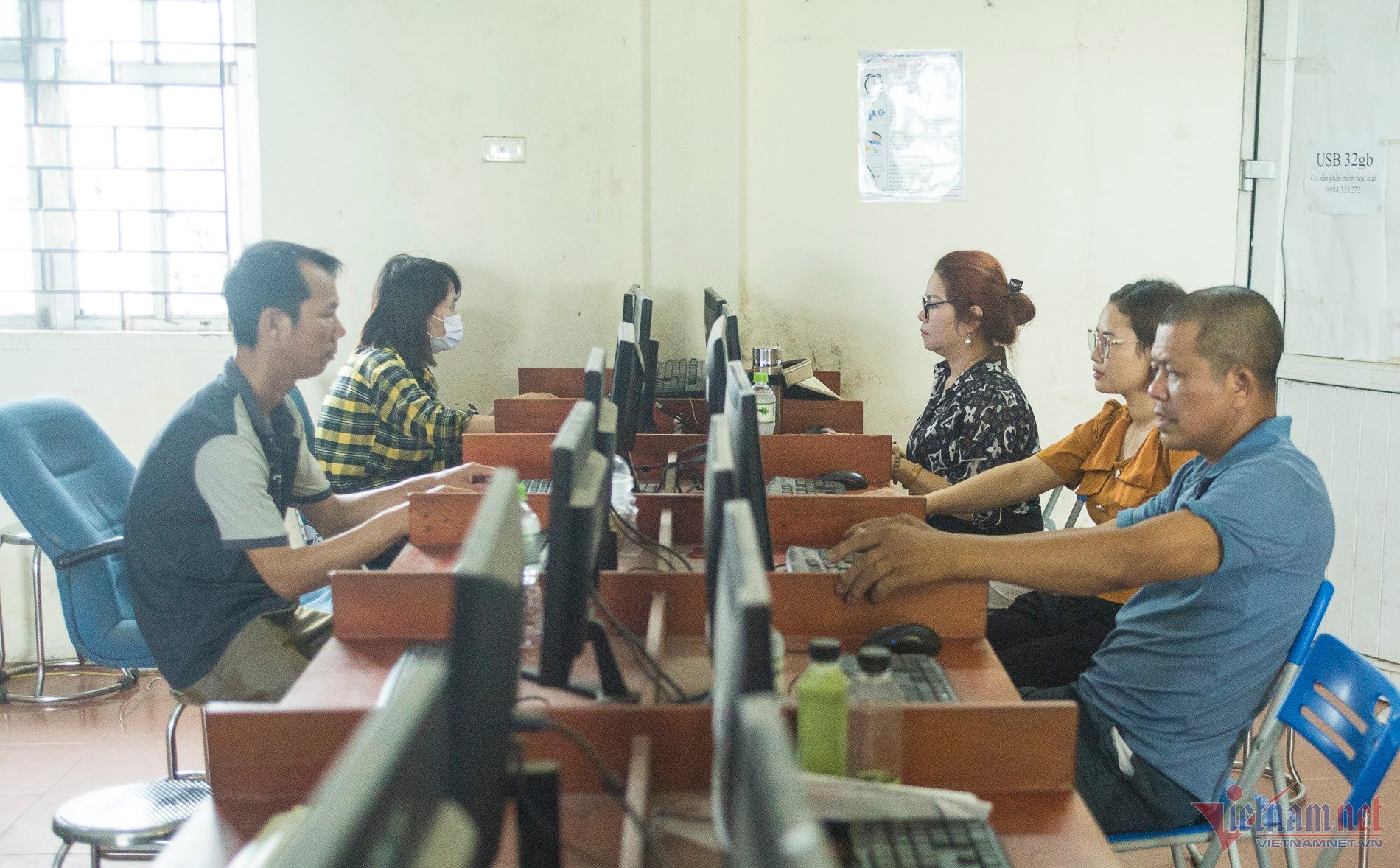
Sharing the same view, Ms. Tran Thi Bich Thao, Vice Principal of Tien Bo Traffic College (HCMC) assessed that each individual's driving skills and handling are different. Therefore, there cannot be a common denominator to attribute to all individuals in order to require identical handling down to the second when participating in real traffic.
Ms. Thao cited an example of an impending dangerous traffic situation. For an individual with a sharp mind, he or she would handle the situation at a safe time, just enough and on time, within the required time to achieve the maximum score on the test.
However, for people with careful or older personalities, they will handle it a little earlier and they slow down from a distance. However, in this case, the score will be failed.
"So is it fair that a person who handled a dangerous situation early has no points in the simulation situation above?", Ms. Thao raised the issue.
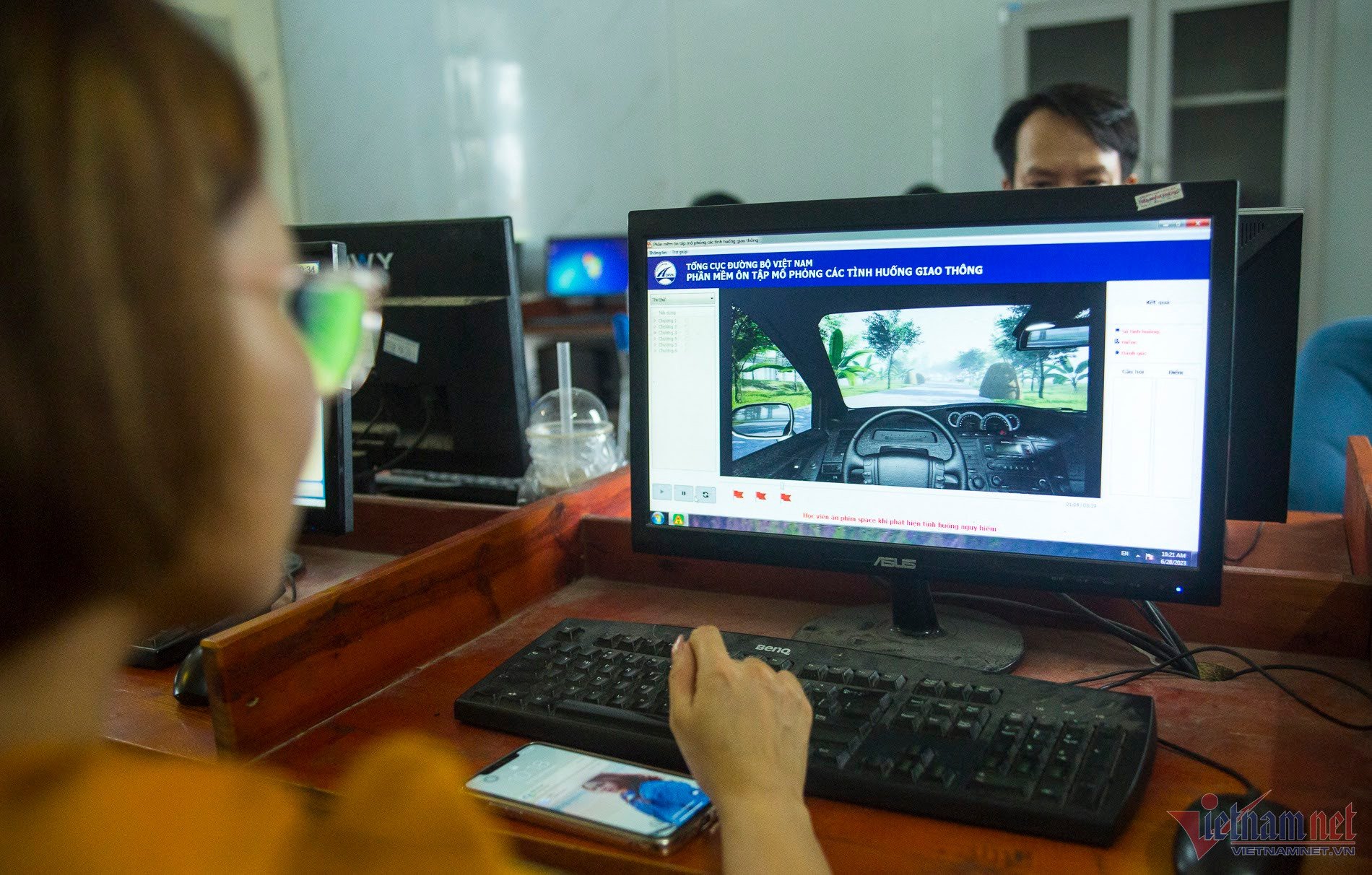
Mr. Nguyen Huu Nghia, Deputy Director of Bac Ha Driver Training and Testing Center (Tu Son, Bac Ninh) suggested that the way to calculate scores for students in this test should be changed.
“Currently, the grading scale is very rigid in the following order: 5-4-3-2-1. Students who press the button just 1 second too early will get a score of 0. In reality, if we handle situations early, the safety will be higher than if we handle them late.
Therefore, I think that a 1-2-3-4-5-4-3-2-1 scale should be designed for the process of handling situations: Early, correct and late. That means if the situation is handled earlier, it should also be scored even if the score is not the maximum," Mr. Nghia suggested.
Software simulating traffic situations applied in training, testing, and granting of road motor vehicle driving licenses is regulated in Circular No. 38/TT-BGTVT dated October 8, 2019.
Accordingly, the simulation software includes 120 complex traffic situations such as driving on crowded streets, crossroads, railway intersections, highways, red lights, ferries, intersections, steep mountain passes, fog, heavy rain, slippery; day, night...
The software is built and installed on the computer system to display situations for students, and at the same time, give requirements requiring students to apply knowledge of traffic laws and basic driving skills to answer within a certain time.
Next: 3 hours of mandatory driving in a virtual cabin: Even healthy students drop out due to dizziness and headaches
Source





![[Photo] Prime Minister Pham Minh Chinh starts construction of vital highway through Thai Binh and Nam Dinh](https://vphoto.vietnam.vn/thumb/1200x675/vietnam/resource/IMAGE/2025/5/12/52d98584ccea4c8dbf7c7f7484433af5)
![[Photo] Buddha's Birthday 2025: Honoring the message of love, wisdom, and tolerance](https://vphoto.vietnam.vn/thumb/1200x675/vietnam/resource/IMAGE/2025/5/12/8cd2a70beb264374b41fc5d36add6c3d)


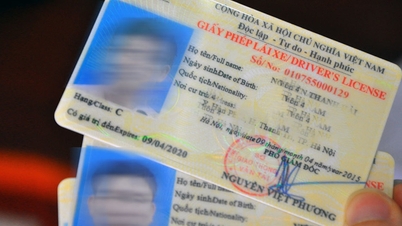








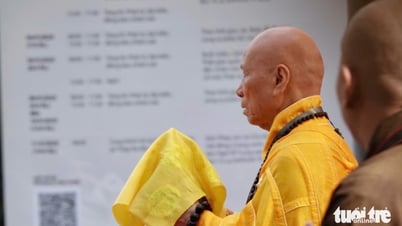

































































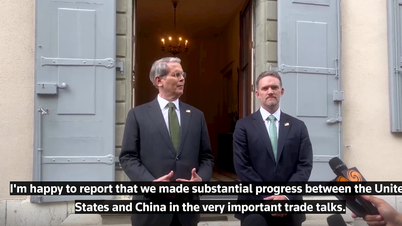



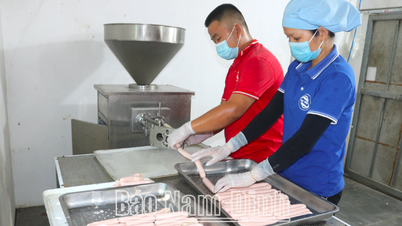

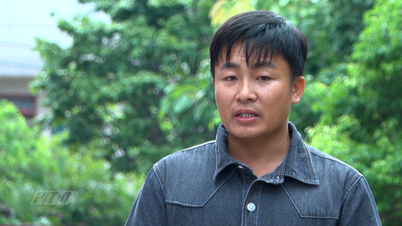





Comment (0)